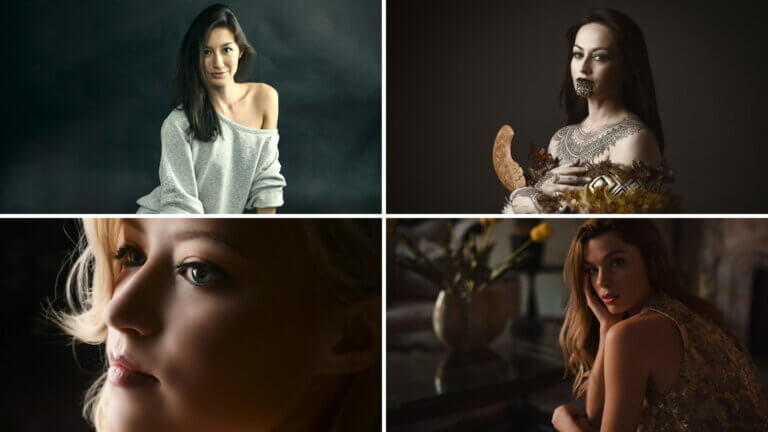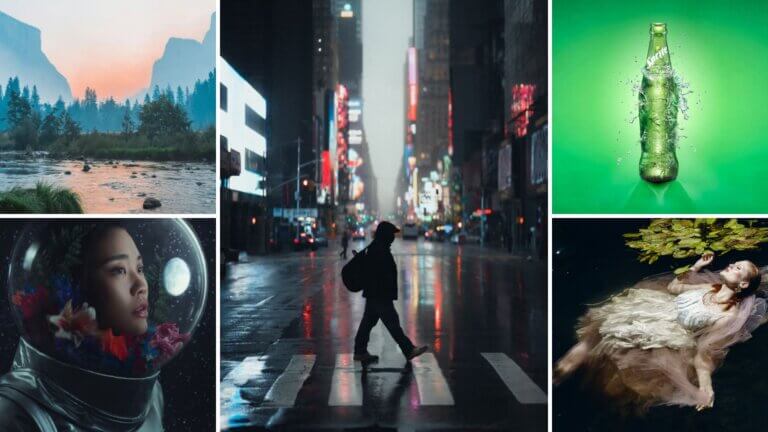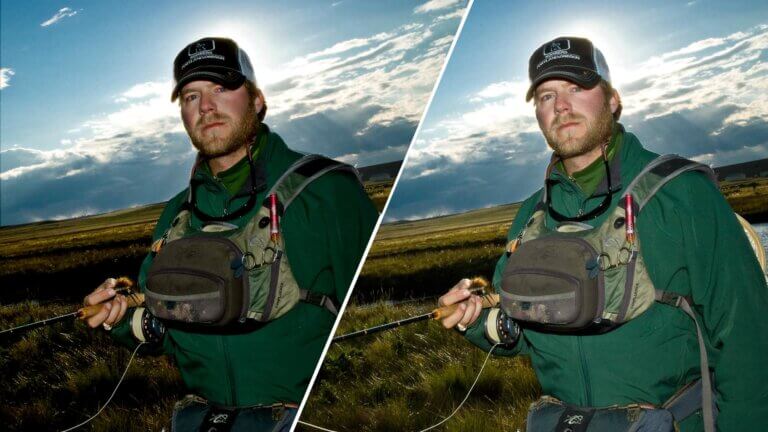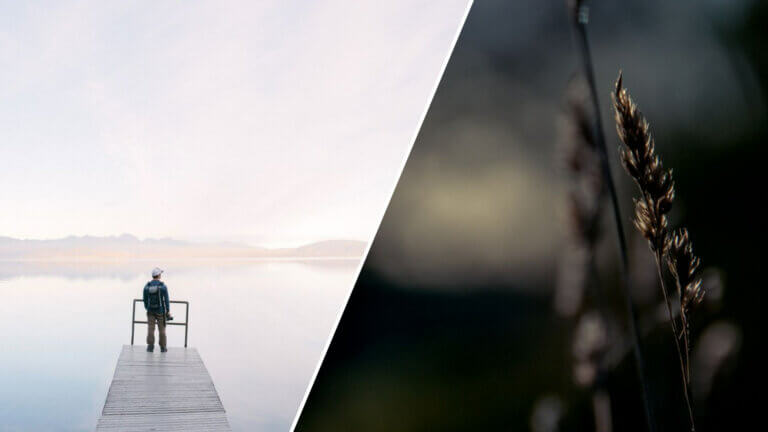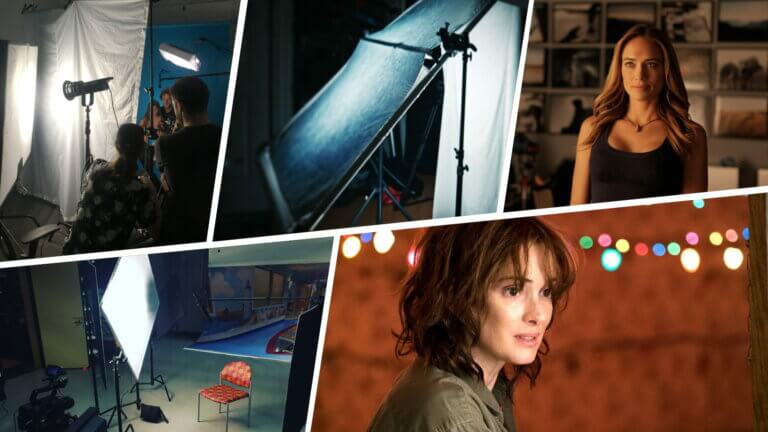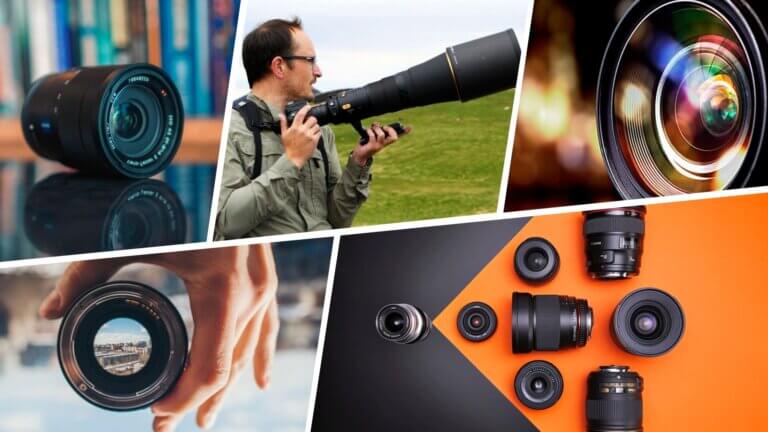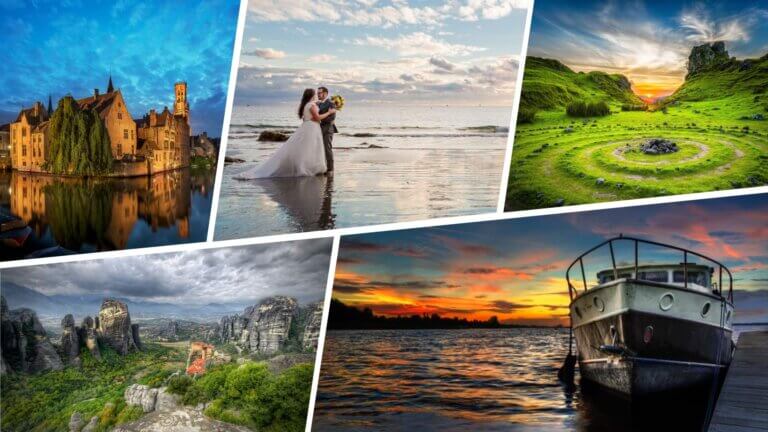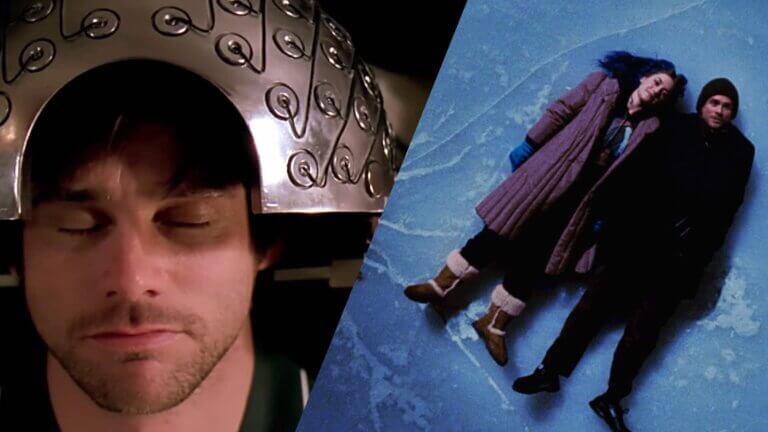Glamour photography is a genre that has not just captured but captivated audiences with its unique blend of beauty, elegance, and allure. It is a genre that has been around since the early days of photography, but its popularity has skyrocketed in recent years. In this article, we dive deep into what makes this realm of photography so mesmerizing. Continue reading What is Glamour Photography — The Art of Elegance & Allure
Photography is constantly shape-shifting. A photograph can be taken in endless ways, and photographers are always looking for new boundaries to break in the medium. Knowing different types of photography will allow your own excursions into the medium to be all the more fruitful.Continue reading Types of Photography — Styles, Genres & Techniques
Have you ever tried to capture a beautiful moment on camera, only to be disappointed by harsh shadows or poorly lit subjects? This is where fill flash in photography comes into play. It's not about overpowering your photos with a bright flash, but rather using it subtly to balance out the lighting and eliminate unwanted shadows. Continue reading What is Fill Flash — Photography Tips & Techniques
Photography, an art form balancing light and shadow, hinges on the mastery of exposure. This guide explores underexposure and overexposure, offering insights to beginners and professionals alike on their creative use in enhancing images. Continue reading Overexposure vs Underexposure — How to Work With Both
Picture this: you're at an art gallery, and you come across a painting that looks so real, you feel like you could step right into it. Well, you've probably stumbled upon a work of Naturalism. But what exactly is Naturalism in art? How did it emerge, and what sets it apart from other art movements? Continue reading What is Naturalism in Art — History, Style & Examples
Lighting plays a crucial role in the world of photography and cinematography, as it helps create mood, atmosphere, and depth in images. Among various lighting techniques, book lighting stands out as an essential method that can significantly impact the visual storytelling process. This technique is widely used by professionals to enhance subject focus, create a sense of dimension, and emphasize textures and details in both photography and cinematography. In this article, we will explore the concept of book lighting and discuss its importance in image making.Continue reading What is Book Lighting — Techniques for Photography & Film
Choosing the right lens can significantly impact your photography, and two of the most popular options are the 35mm and 50mm lenses. Each offers unique advantages and has its own set of challenges. In this comprehensive guide, we'll delve into the specifics of these two lenses, discussing their strengths, weaknesses, and suitability for different types of photography, helping you make an informed decision on which lens is the perfect fit for your creative vision.Continue reading 35mm vs 50mm Lenses — A Comparative Analysis
Finding the right lens for your camera can vastly improve your images and overall production, but learning about video and photo camera lenses can be expensive and time-consuming. In this article, we explain photo and video camera lenses so that you can not only understand how your lens and camera work together but also which lens, or set of lenses, is the best option for you moving forward. This is Camera Lenses Explained. Continue reading Camera Lenses Explained — How Do They Work?
Have you ever had only a few seconds to capture the perfect image because the sunlight was fading of the sunset or maybe the clouds were moving from that perfect position? And you look down at your camera only to be disappointed with a completely underexposed image. But when you look up, that moment is gone. Fortunately, there’s a way to capture these moments to ensure you get the shot. It’s called bracketing photography. In this article, we’ll break down how to do bracketing in photography so that you can get the perfect shot.Continue reading Bracketing Photography Definition & Techniques…
Cinematographers and editors work together to create sequences that resemble reality. Once an editor gets the footage, if there are mistakes that create unintended disorientation, editors need to go to their tool belt. One way to do this is to use cutaway shots. As a cinematographer, it’s always important to shoot cutaway shots because it gives the editor an opportunity, one, to get creative, but also to fix any continuity errors. What does that mean? And what else can cutaway shots do you for your film? Let’s find out.Continue reading What is a Cutaway Shot — Why Editors and DP’s…
